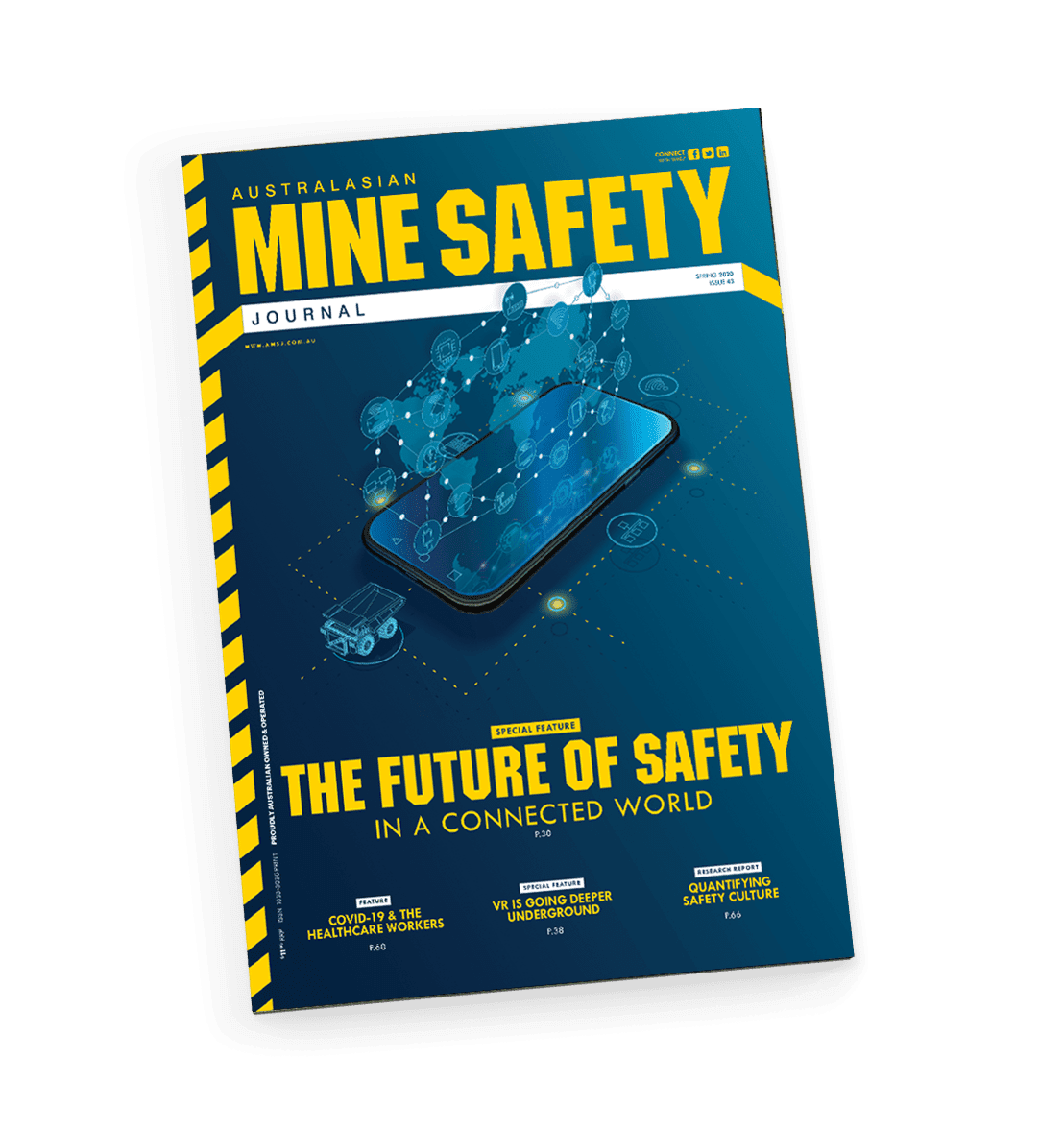AIHS CEO David Clarke, who has been sitting on the Victorian Government’s Healthcare Worker Infection Prevention taskforce, discusses factors in the large infection rates of workers in healthcare services, and what’s next.
First published in the SPRING 2020 edition of Australasian Mine Safety Journal
The most significant Workplace Health and Safety issue to emerge from the Victorian wave of COVID-19 has been the large-scale infection of healthcare workers. With a total of 3600 workers infected, more than 880% have been patient-facing nurses in hospitals or aged care workers.
Furthermore, these workers are likely to have transmitted the virus to at least that many people again – including a large number of the most vulnerable people in society.
If we can even halve the rate of COVID transmission amongst workers in aged care and hospitals in a future similar outbreak, we could:
- reduce the weight of numbers of the outbreak by thousands, and subsequent mortality
- significantly reduce the period in which the state has been in lockdown, thus reducing both the economic and social impacts of the lockdown
- increase the capability of the healthcare system to cope with the weight of outbreaks. (at one stage, even with less than 800 state cases a day, one of Victoria’s largest hospitals was forced to partly close due to worker infections)
“The mining and resources sector has been dealing with dust disease and other high risk WHS issues for as long as health and safety has been with us…”
Could we halve the numbers? Yes, because there are many basic WHS improvements we can make:
- Firstly, the general perception that WHS in healthcare is good is unfortunately a myth, and the presence of the myth is part of the problem. In the hospital system, health and safety people are lower paid and lower in the company hierarchy than other high risk industries, often left to WHS basics, and when it comes to biological hazards, take a back seat to clinical leaders managing via infection control guidelines.
- Secondly, The guidelines are patient centred, inflexible and they are minimum standards that are largely used as maximum standards. They are not currently at an adequate level in the first place (i.e. no requirement for even P2 masks when working directly with COVID patients.)
- Thirdly the concept of precautionary based risk management practice is not widely practiced in hospitals. In the presence of workers becoming infected in clusters, the WHS approach would be to recognise the infections themselves as evidence for the failure of controls (assuming and checking they’re applied properly) then upgrade the controls and re-assess. The approach from many hospitals has been to check on the controls, and keep them as they are.
- Fourthly, areas where knowledge is uncertain but emerging, are nor been treated as risks. The tendency of health and safety professionals when dealing with uncertainties is to consider them in risk assessments – especially when other things aren’t working. Generally speaking, infection control approaches in hospitals don’t do this. The best current example is airborne transmission: If you work from a standards perspective, we see that standards groups and infection control panels have noted that the science of transmission is still not fully certain. Despite many thousands of experts around the world noting the likelihood of airborne transmission as a near certainty, standards bodies have been waiting for their 100% answer. In the meantime standards have continued to fail to acknowledge this risk, even in the face of failures of existing controls in healthcare settings.
Although Victorian Hospitals are now beginning to respond to the learnings coming from the task force, most other healthcare services nationally are not. If an outbreak like Victoria’s experience occurs elsewhere, at this stage I’d expect a similar systemic failure. This is our current task.
The mining and resources sector has been dealing with dust disease and other high risk WHS issues for as long as health and safety has been with us, and setting aside for a moment the questions of how well, the experience is important. There is a consciousness about unseen hazards, taking precautionary measures, similar PPE and other controls, local review of risk, adjustment of risk assessments and controls based on local experience. These things are already part of any decent mining/resources company’s workplace culture.
COVID-19 is likely to be with us for a long time, and we know about the basics of protection. The businesses which address the emerging knowledge will have the jump on others, and the latest emerging knowledge is that COVID-19 can be transmitted through the air, not just by droplet. This doesn’t make it any more infectious than its ever been, and it doesn’t mean it’s the most common form of transmission. But it does mean for example that fresh air is critically important for risk management: engineering controls such as the quality of the ventilation in work environments and the amount of air exchange an AC system produces per hour, and other controls such as the way workforces are deployed in internal spaces, will become part of the suite of engineering and controls that health and safety teams will look at in much more detail to reduce transmission risk and the impact of any outbreak. Australia’s smarter companies are already forging ahead on this. Hopefully, we can coax the hospitals along with us as we go.
PROFILE
David Clarke
David Clarke is the Chief Executive Officer of the Australian Institute of Health & Safety (formerly the Safety Institute of Australia). The Institute is the national association for the health and safety profession, providing a range of services and support for WHS practitioners and professionals. For more information please visit www.aihs.org.au.
























